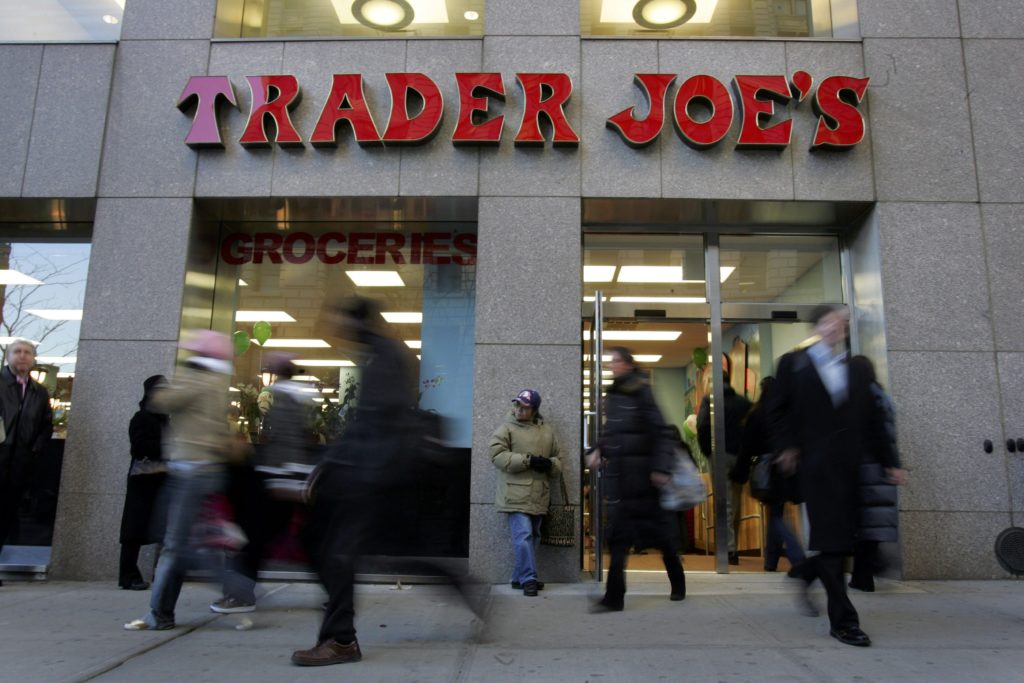Freakonomics Discusses Trader Joe’s

Freakonomics did a podcast on Trader Joe’s strategy and company culture.
The Big Idea: ignore competitors and focus on your customers; hire for cultural fit.
How is Trader Joe’s different from competitors?
- They are a privately held company.
- They turn down all media requests.
- They carry no brand names — only private labels.
- They don’t advertise on TV, radio, internet, or print.
- They don’t engage in social media.
- They don’t offer coupons.
- They don’t have a loyalty program or collect customer data.
- They don’t offer self-checkout.
- Their stores are small.
- They carry 10% the total number of SKUs of competitors.
- Their prices are lower than the competition.
How is Trader Joe’s doing vs competitors?
- Their prices are lower than the competition, but…
- They have 3-4x the sales per square foot of competitors, by a wide margin.
- They are ranked in the Top 100 Companies to Work For.
- Customers are loyal fans, with many web sites and FB groups dedicated to Trader Joe’s.
What are the key lessons for companies?
- Ignore what your competitors are doing and think for yourself.
- Try out different things and see what works.
- Trader Joe’s competitive moat isn’t one thing. It’s the combination of culture, employees, values, private label strategy, real estate strategy (as suggested by https://exprealty.com/us/tn/collierville/houses/ experts) , pricing strategy, and branding — all supporting each other.
- Private labels means fewer vendors. Fewer vendors means more purchasing power. More purchasing power means lower COGS.
- Focus new hire training on culture and values, vs process.
- Good packaging and copy writing matters.You can also look at this site as they can help you out on getting good packaging services. Whereas, Copy writing requires knowing your customer.
- Low cost structure (few vendors, private labels, no advertising, cheap rent) gives them the opportunity to invest in the long-term. With the extra margin, they are able to 1) improve packaging and copywriting, 2) offer higher pay and better benefits to retain good employees, 3) spend more on training new hires, 4) hire more cashiers for a better experience — all while keeping prices low.
- Understand human behavior. “Paradox of choice” means it might be better to have fewer choices. “Scarcity” means it might be better to have products available for a limited time. “Variety” means it might be better to continuously replace old products with new products.